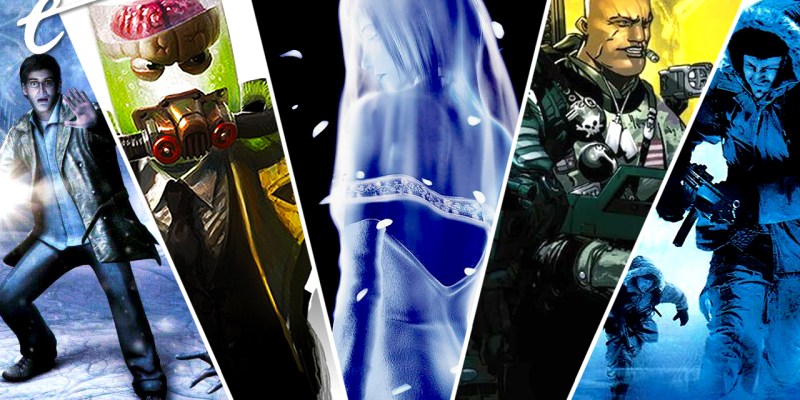Halloween has always been one of my favorite times of the year. As a fan of all incarnations of horror and colder weather, there’s nothing quite like settling in on a chilly and dreary night and playing some horror games. For this Halloween, I got to thinking about some quality horror games that most people may not have played but have some outstanding things that have just never been replicated since. They may not be perfect, but they are definitely worth playing if you want some alternative takes on horror. So out of many potential options, today let’s discuss just five obscure horror games worth your time: Echo Night: Beyond, Dead Head Fred, Aliens: Infestation, The Thing, and Silent Hill: Shattered Memories.
Five Obscure Horror Video Games Worth Your Time
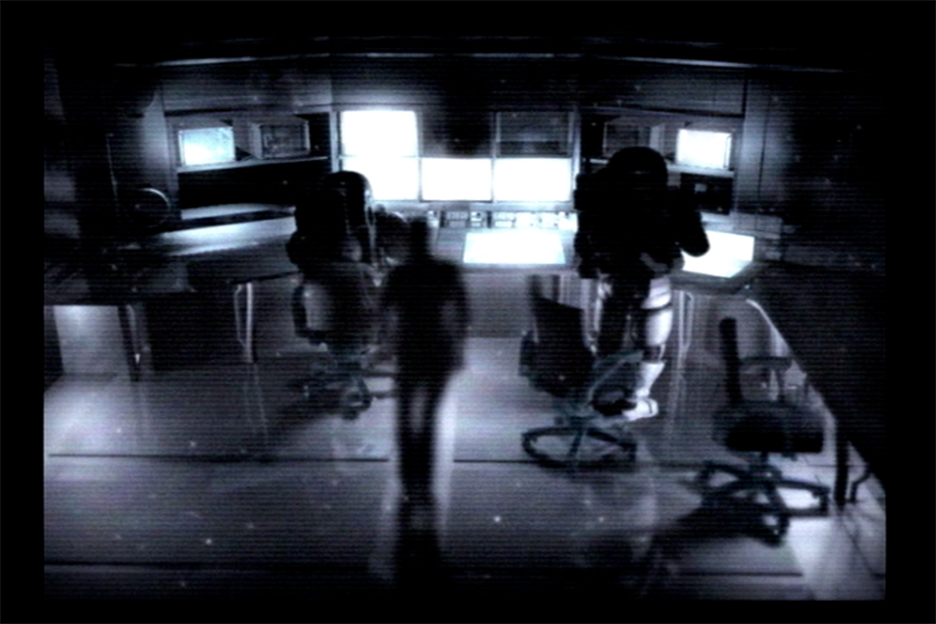
Echo Night: Beyond
Nowadays, FromSoftware seems like the master of creating dark and unnerving settings. This is true of Dark Souls, Elden Ring, and especially Bloodborne, which goes all in on delicious Gothic aesthetics and horror. But those weren’t the first games where FromSoft experimented with horrific settings. While its early games, like the King’s Field series, do have some horrific imagery and settings, it wasn’t until the third entry in its Echo Night horror series, 2004’s Echo Night: Beyond, that it really delved into more frightening aspects and straight-up horror with the most terrifying setting of them all: the empty void of space.
Set in the future aboard a resort on the moon, you play as a newlywed, Richard Osmond. He and his wife Claudia are celebrating their honeymoon by traveling to the resort, but their space shuttle crashes into the space station. When Richard wakes up, he discovers that Claudia is missing and that most of the passengers on the shuttle and the space station have died from the crash. This results in the resort now being inhabited by ghosts, and they’re aggressive. It’s up to you to search through the moon colony and pacify the ghosts, not only by figuring out ways to dispel the odd mists that make them hostile, but also by solving puzzles to allow ghosts to move on peacefully.
The stories that are told through the various NPCs and puzzles all contain varying elements of tragedy, like reuniting a daughter searching for her mother aboard the station who can only move on when her father’s spirit finds her and tells her that her mother is dead. At its core, Echo Night: Beyond is a classic adventure game, but it isn’t all adventure game heroics.
This is still a horror game, and the ghosts do want to kill you while they’re enraged by the mysterious mist onboard the station. You have no combat capabilities against the ghosts, and just by being near them, your heart rate will increase — if it goes over 300 BPM, you die of a heart attack. Certain mechanics and ideas are dated, like having no fast travel, and most of the environments come across as repetitive gray rooms with little personality. But it’s the story of the game that really makes it sing. If you want a quieter horror game that’s all about isolation and emptiness, Echo Night: Beyond will deliver that in spades.
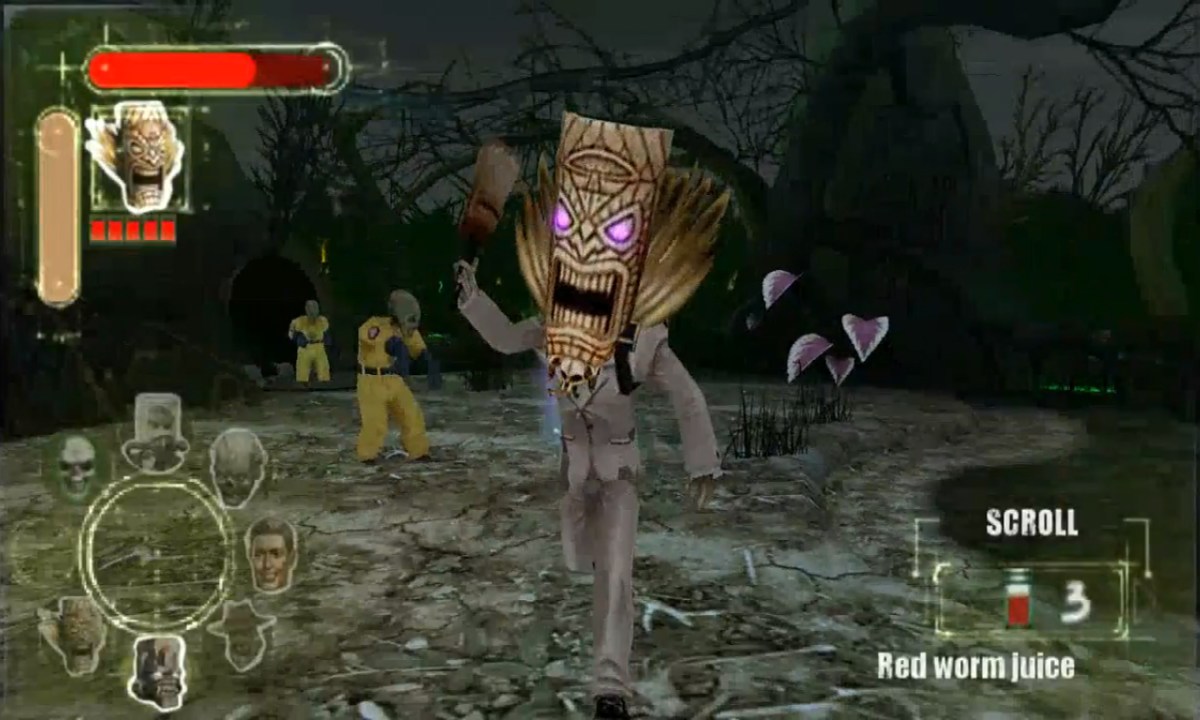
Dead Head Fred
Dead Head Fred is a weird horror game, even by my standards. Released exclusively for the PSP in 2007, Dead Head Fred puts you into the body of a private investigator named Fred Neuman, who was recently killed by the mob and revived by an evil mad scientist to get vengeance against the mobster who took his life and stole his head. The game has a tongue-in-cheek noir vibe to it and is laced with zombies, mutated monstrosities, and even a headless horseman. The icing on the cake is the game’s cursed and monstrous setting: New Jersey.
Since Fred lost his head, he is able to acquire and use different heads, each with their own abilities. One head allows him to fight with bony claws, while another allows him to blend in with humans and not draw any attention to himself. You’ll also want to swap between heads in combat, since some enemies are weaker to certain heads, and some heads can perform finishing combos against particular enemy types. It is a PSP game though, so a lot of problems associated with the system are evident here. The controls and camera can be clunky, and the navigation across the disgusting town of Hope Falls can be confusing with absolutely meaningless sidequests that I just started ignoring halfway into the game.
But what makes Dead Head Fred so memorable — and worth playing among obscure horror games — is its writing and voice acting. The game is a legitimately hilarious comedy, and it all has to do with Fred himself. For a dead private investigator, Fred has a lively personality, full of snark, cynicism, sarcasm, swearing, and everything in-between. His performance is brought to life by John C. McGinley, who is perhaps most famous for voicing Dr. Cox in the sitcom Scrubs. His comedy chops are on point and his in-character interview in the credits is the perfect blend of self-awareness and profanity. Dead Head Fred even won the first Writer’s Guild of America award for video game writing, which was subsequently won by games like The Last of Us, Horizon Zero Dawn, and God of War before being discontinued in 2019. That’s a fairly impressive honor for a PSP game to have, so if you want a relatively unknown horror comedy, give Dead Head Fred a shot.
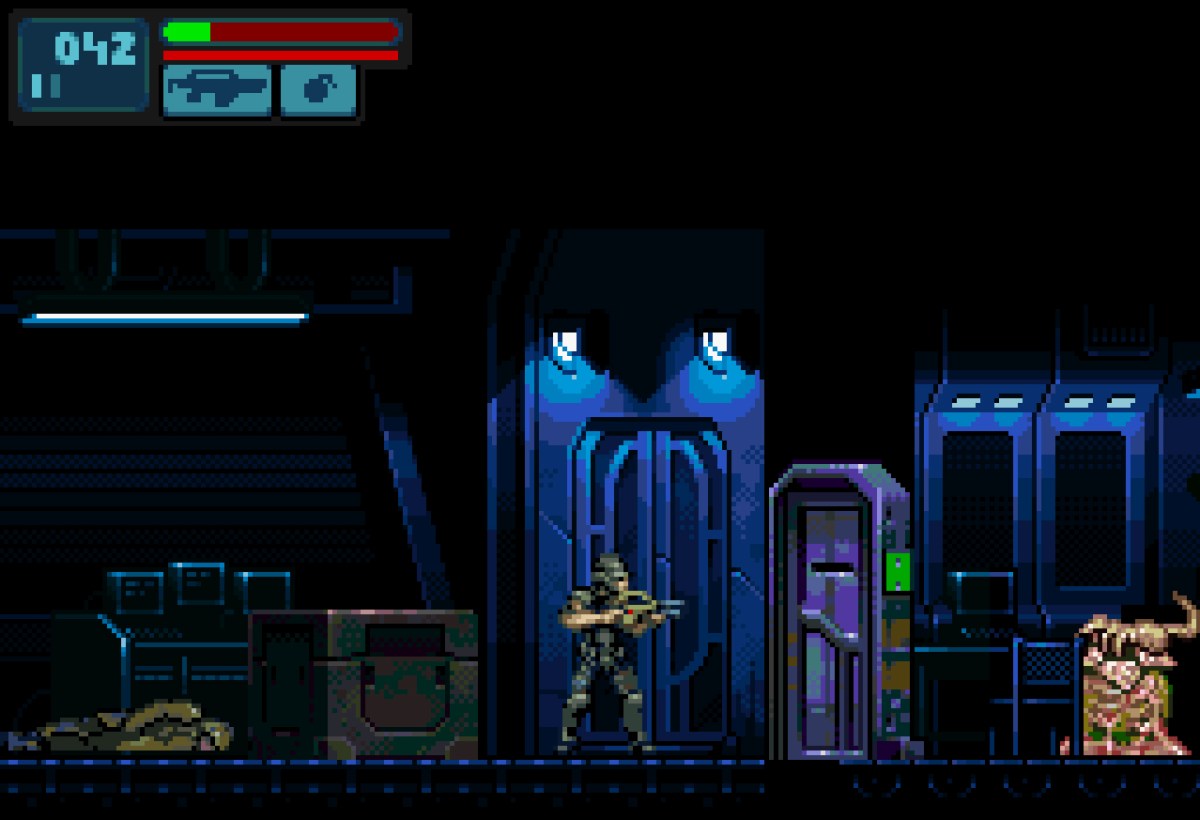
Aliens: Infestation
While most fans of the Alien franchise are usually drawn to Alien: Isolation for their horror fix, that isn’t the only excellent game in the franchise worth playing. The Alien game franchise does have a lot of stinkers like Aliens: Colonial Marines and Alien Resurrection, but there are some underrated classics like the 2011 Nintendo DS game Aliens: Infestation. Because it came out in the twilight years of the DS’s life, this action-horror game developed by Gearbox and Wayford was drastically overlooked.
Set after the events of Aliens, you play as a group of Marines sent to investigate what happened aboard the USS Sulaco and inevitably have to escape the ship, while also dealing with the Weyland-Yutani Corporation being… well, Weyland-Yutani. The game is a Metroidvania where you move between the Sulaco and the neighboring LV-426 in search of survivors and a way to leave. You acquire power-ups and keycards as you advance throughout the Sulaco and try to survive against enemies, including the infamous Xenomorphs, who are damned tough. All of the enemies in this game are brutally difficult. To make matters even worse, the game has permadeath — and Aliens: Infestation wants nothing more than to kill you.
While you start off the game with only four Marines, who function as your lives, you can recruit up to 19 of them. Each of them has their own unique personality, character portrait, and dialogue in cutscenes. You do grow attached to some of these Marines and their deaths hurt, not just because there goes one of your very limited lives, but because you rescued them on the Sulaco and you genuinely want to save them. Their differences may only be surface-level, but there’s enough there to grow attached to them and help you develop a favorite Marine, like the Gothic musician-turned-soldier Cutter, or the psychotically violent and gun-crazy Bonesaw.
But with limited ammo, health, and stamina, it’s only a matter of time until a Xenomorph gets you. It’s genuinely scary running into one of them since you feel so powerless in their presence, and that isn’t even mentioning the bosses you have to fight. Aliens: Infestation excels at creating a tense atmosphere and making you afraid for the wellbeing of your crew of Marines while terrifying monsters attempt to eviscerate then. But then again, what else would you expect from a game featuring Xenomorphs?
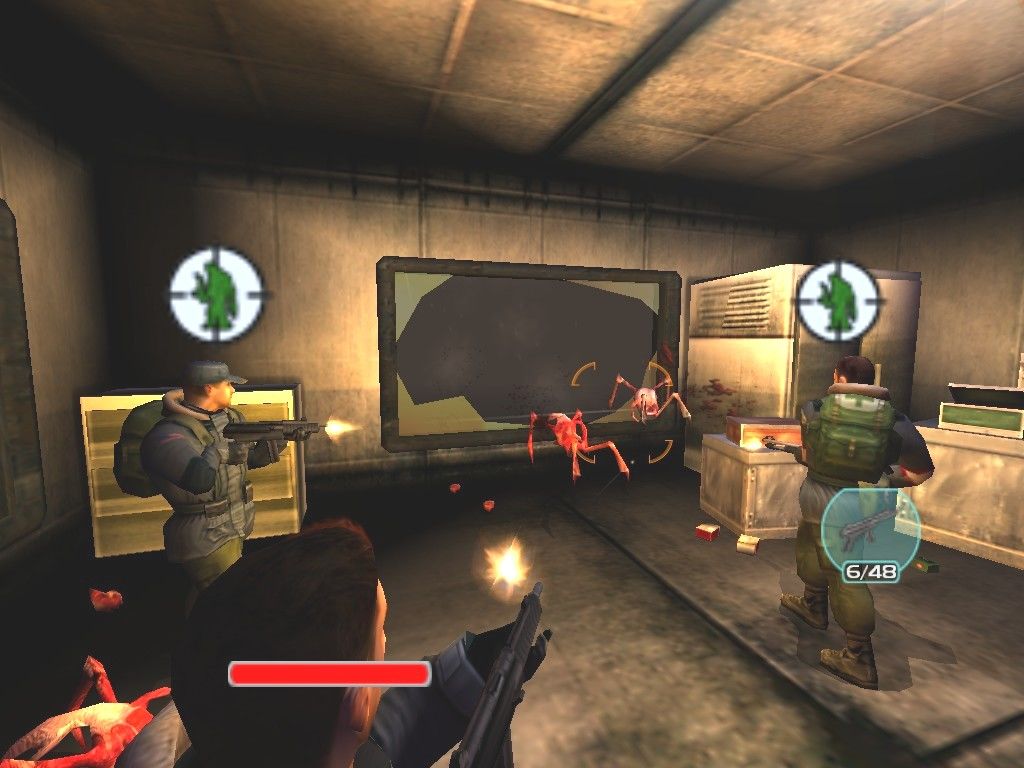
The Thing
John Carpenter’s The Thing is one of my favorite horror movies of all time. I love the paranoia and atmosphere of the film, as well as the body horror and sheer terror that the crew of Outpost 31 face whenever one of their crewmates transforms into a horrific monstrosity. So you may (or may not) be surprised to hear that there is a 2002 PS2 / PC / Xbox third-person shooter based on the film, and it was allegedly endorsed by John Carpenter himself. What may be even more surprising to hear is that the game is actually pretty great.
The developer of The Thing, Computer Artworks, tried hard to replicate the feeling of paranoia and mistrust in the original film, and its efforts gave birth to a “fear / trust” system, which is the main attraction of the game. Throughout the game, you can have NPCs join you, making a party of up to four characters as you make your way throughout Outpost 31, defeating any creatures you come across. However, anyone could be infected by the Thing and be waiting to attack you, so you need to find ways to make your party members trust you. This can be done by healing them, giving them ammo and weapons, protecting them, or using a blood test kit to prove that you’re not infected. If the NPCs trust you, they’ll follow your orders, assist you in combat, perform unique actions, and give you ammo or healing items when needed.
Things get very interesting if NPCs don’t trust you. The NPCs may not follow your commands, and you may have to point your gun at them to make them do an action. Doing so accomplishes the task, but makes them trust you less. They may start attacking you if they’re convinced you’re infected. If an NPC is scared because of your actions, the enemies they’re fighting, or the environment around them, they may become less accurate in combat, take longer to accomplish tasks, or even kill themselves. And don’t forget, even your party members could be infected by the Thing. At any point, they may transform and attack you, forcing you to kill them and lose all of the resources you gave them, in addition to preventing you from using their special skills.
There are a lot of depths and complexities with The Thing that make it a standout horror experience. As much as I love Eternal Darkness: Sanity’s Requiem — which released only two months before The Thing in North America — I find the fear / trust system much more interesting from a gameplay perspective than the sanity system of Eternal Darkness, as I think it accurately recreates that sense of paranoia and unease better. The controls aren’t exactly the most intuitive, but once you adapt to them, you’ll find a truly delightful horror game and one of the best licensed games you’ve never heard of.
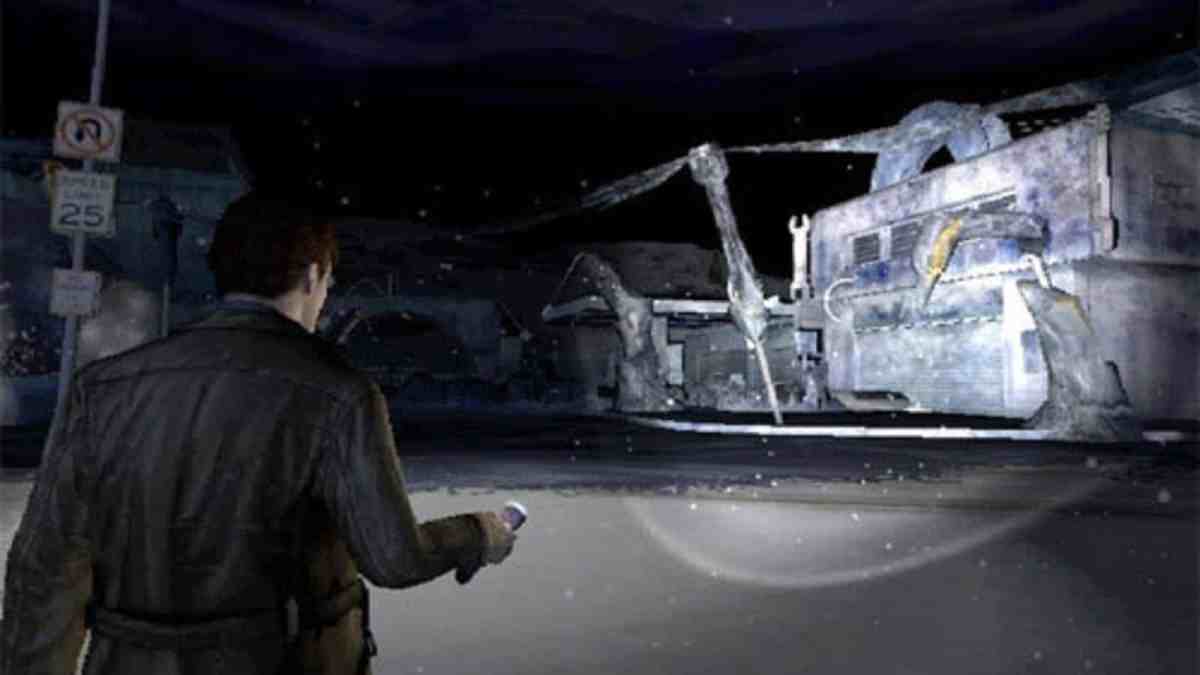
Silent Hill: Shattered Memories
It feels weird to put an entry from one of the most iconic video game horror series on a list of obscure horror games, but when you talk about Silent Hill, most horror fans will only refer to the Team Silent quadrilogy on the PS1 and PS2 and nothing after that. While I will emphatically agree that most of the post-Team Silent Silent Hill games are nowhere near as good as the original team’s work, I make an exception for Silent Hill: Shattered Memories, the 2009 remake of the first game designed for the Wii.
Silent Hill: Shattered Memories is a bold game that takes an unbelievable amount of risks. The premise is still the same as Silent Hill. You play as Harry Mason, a father who wakes up after a car crash in the town of Silent Hill, searching for his daughter Cheryl. However, the game consciously weaponizes your familiarity with the original game, as well as the metanarrative of the series, to throw you curveball after curveball. It all culminates in an ending that’s hauntingly beautiful and perfect in its simplicity — and arguably a better conclusion than the original’s ending.
The gameplay is divided into three different sections, each with their own different tone and goals. There are town segments where you explore the snowy town of Silent Hill, with Harry interacting with familiar and new characters and using his cell phone to solve puzzles. Then you have the Otherworld sections, where ice covers the world and monsters called the Raw Shocks attack you, and all you can do is run from them. There is no combat in the game and you can only encounter the Raw Shocks in these segments, making you completely safe in the town segments. Then you have the psychology segments with Dr. Kaufmann, who will psychoanalyze you and set a variety of tests that will impact Harry’s behavior, dialogue choices, which locations you travel to, how characters in the game will be designed, and the various endings.
By themselves, each of these segments is nothing extraordinary, but when combined they create an effective horror experience that plays with Harry’s state of mind, as well as yours. Again, the decisions that Silent Hill: Shattered Memories made were bold and risky, but if you never gave the game a try simply because it was a Western-developed Silent Hill game, I implore you to give it a go. It’s a much simpler experience than earlier entries, but thanks to Sam Barlow’s solid script, it’s fantastic. And as always, you can’t go wrong with Akira Yamaoka’s score.
If you have any obscure horror games that you want to talk about, recommend them in the comments below — I could use some more horror games in my ever-expanding library.
